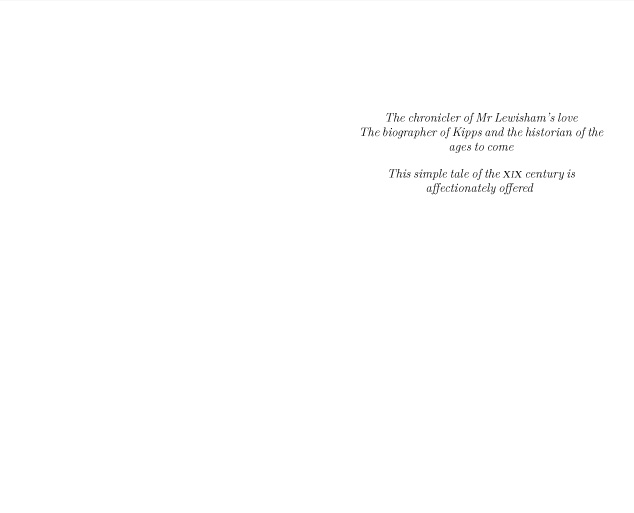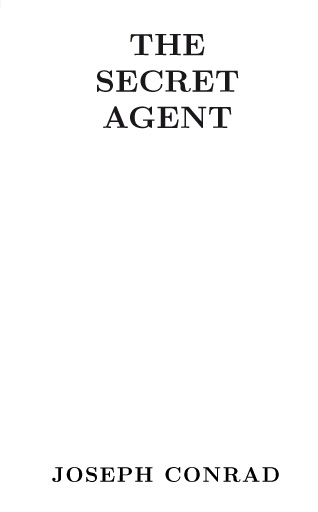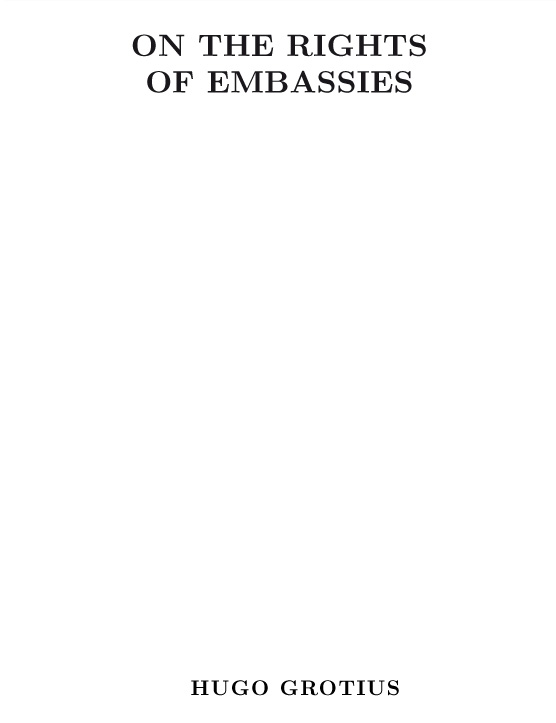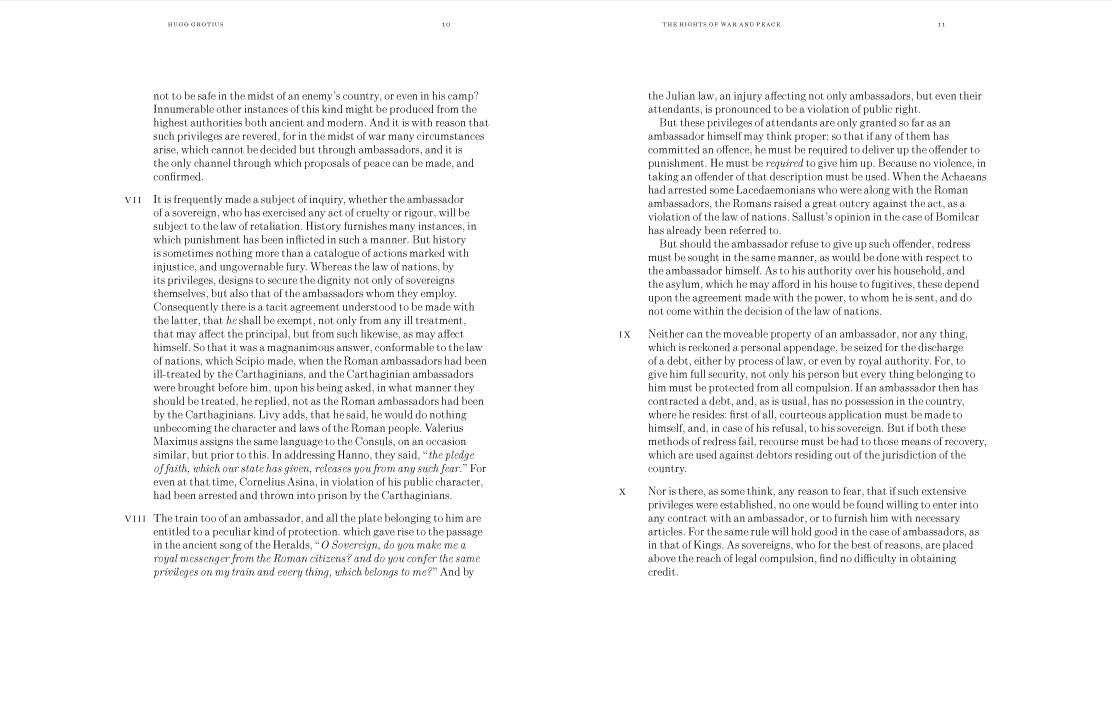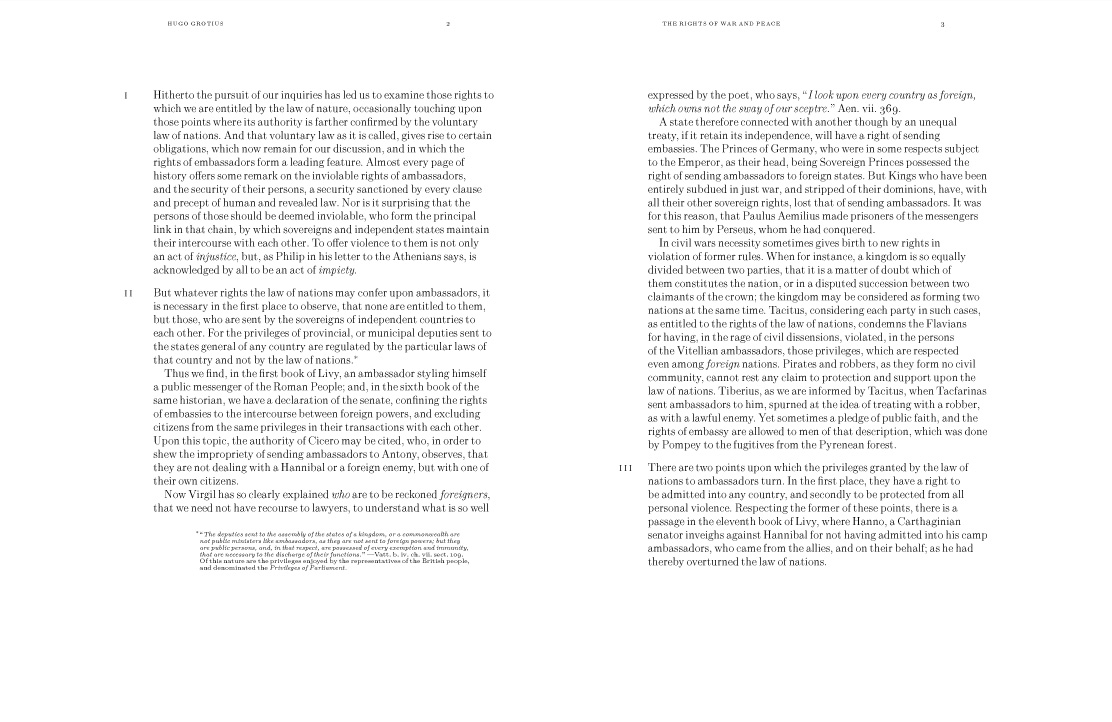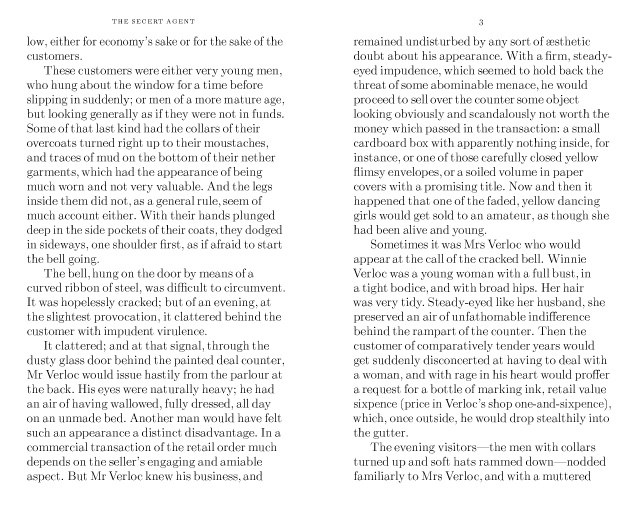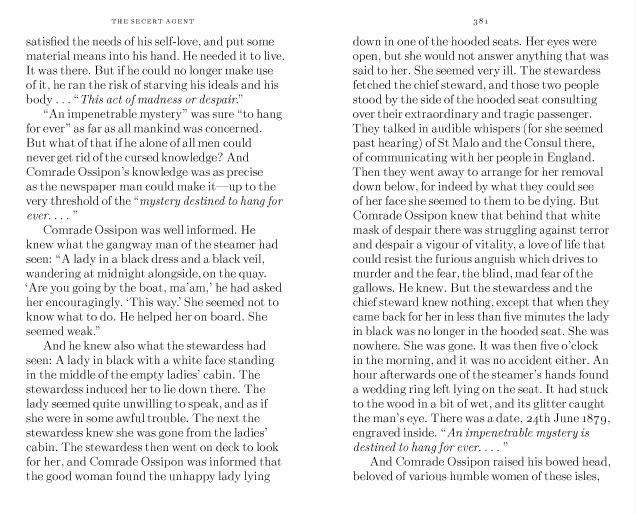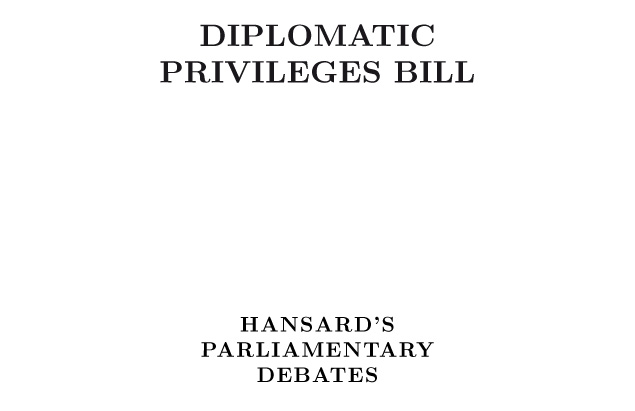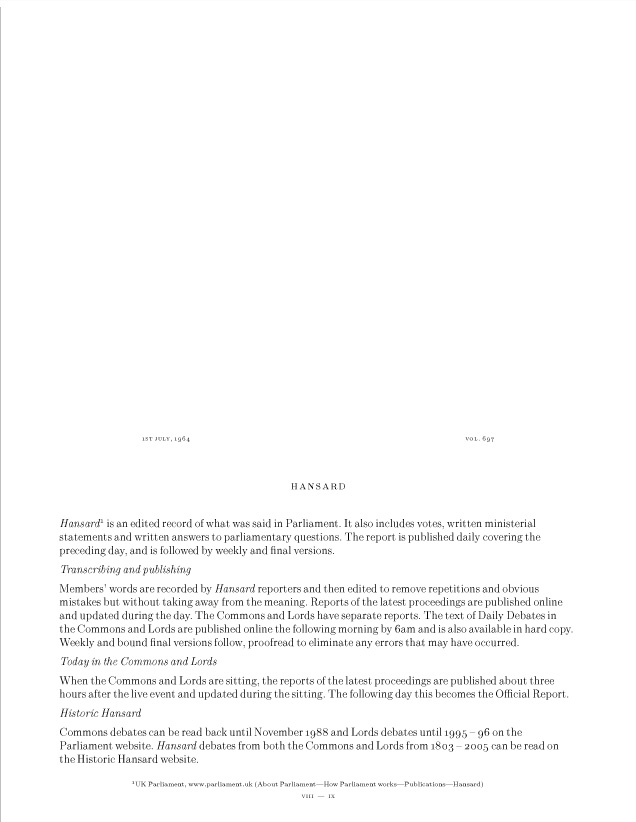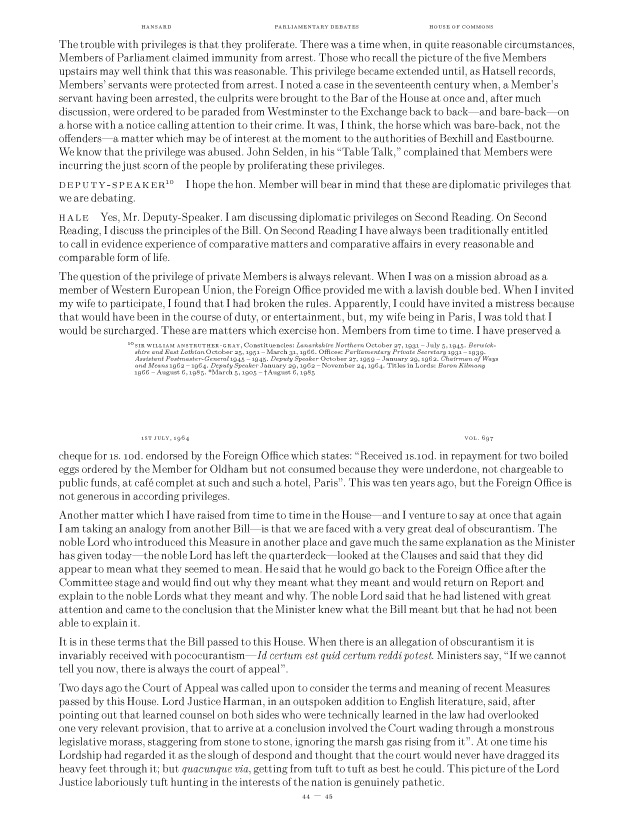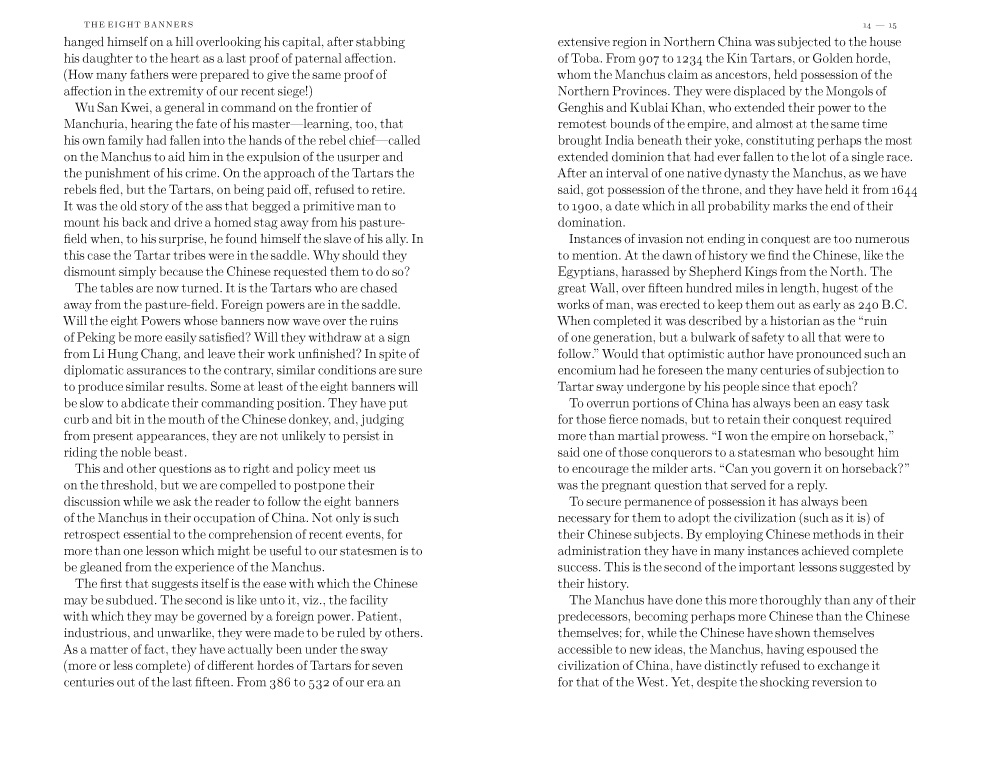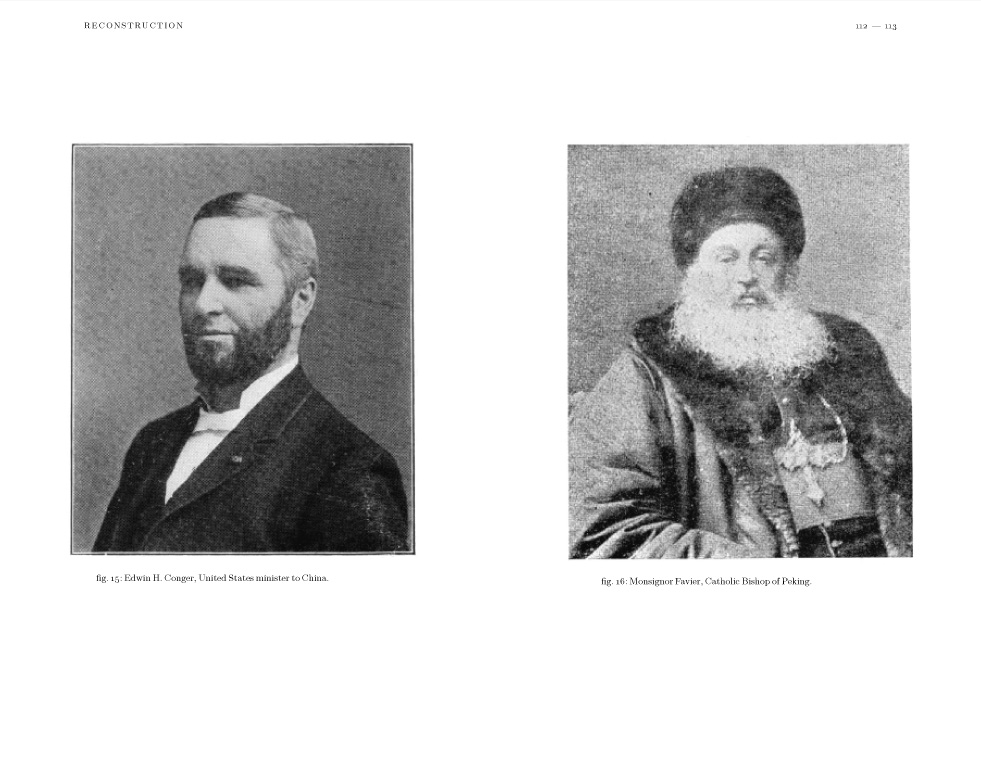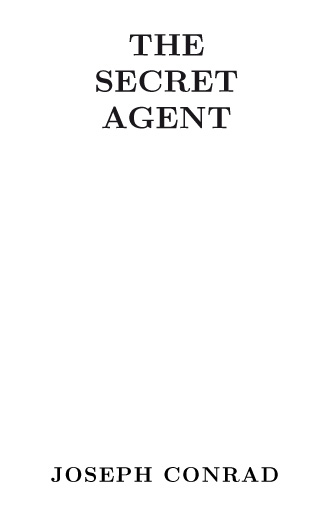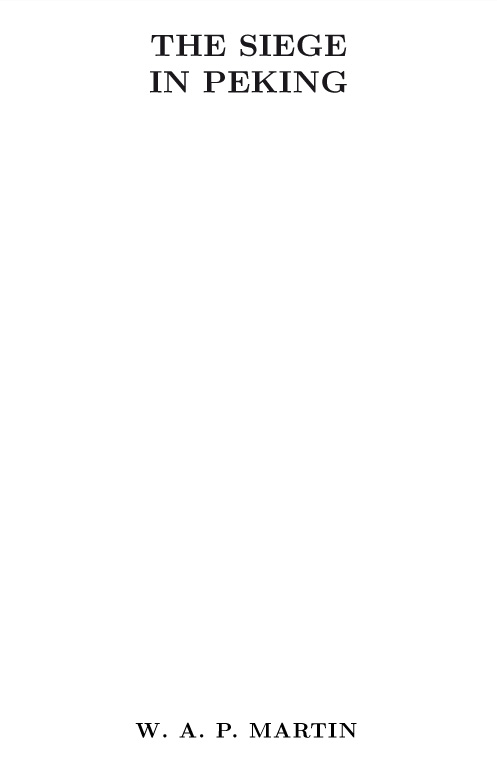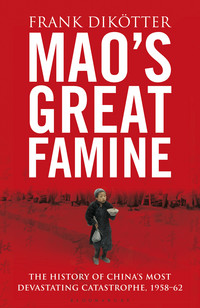Editorial
To provide a thematic collection of publications, free at the point of access—Holborn Project is akin to the idea of a lending library, a depository of ideas generated and organised by periodical subjects. The project seeks to promote classic writings through editorship and curation in the light of contemporary topics and current affairs.
The amount of writing published every day now exceeds that a person can consume in a lifetime. This poses a threat to classical writings for as new writings grow at an explosive rate one’s chances of reading classical works gradually diminish, particularly as they are deemed to be less marketable than new works., Although an increasing number of classical writings are being made available on the Internet through public domain arrangement, they are often not designed for the purpose of reading but a preservation of data.
For any individual who wishes to discover and obtain classics, it becomes difficult when one is faced with the archaic past that seems to be disconnected from the present and manuscripts buried in formats that are less than approachable. Holborn Project is an initiative to draw the connections between the past and the current, the dissemination of data and the methods of reading. As Carl Sagan points out, the key to information is not about how vast is it available it is—in the form of printed books or digital data—but to recognise which is relevant and how to access it.
Responding to a specific theme of current events, we propose a structure that is focused and accessible: four items per month, available in both printed and digital formats. The thematic collection of publications is provided free at the point of access. The project is organised by alumni of London School of Economics and Central Saint Martins who met during their respective studies at philosophy, design and economics.

Figure 1: Assistant Secretary of State for East Asian and Pacific Affairs Kurt Campbell with Chen Guangcheng at the U.S. Embassy in Beijing, China, on May 1, 2012. U.S. Ambassador to China Gary Locke is also pictured. Photograph: U.S. Department of State

Figure 2: Lady Gaga meets Julian Assange at the Ecuadorean embassy in London. Photograph: Gagamedia

Figure 3: Truck in Ansar al Sharia markings parked in front of fire burning in the U.S. consulate in Benghazi after the attack there on September 11, 2012. Photograph: Voice of America
To begin with a beta edition, our objective is an initiatory one. We do not wish to be stating the obvious—parroting some hackneyed analysis of current events—nor to present some extraordinary discoveries. We simply would like to connect the latent in both of the current and the past. We would like to invite readers to deviate from the contemporary perspective of mass media and reflect on the matter through the contemplation of classic writings.
This year has seen dramatic events revolved around embassies: from blind activist Chen Guangcheng, who escaped house arrest and fled to US embassy in Beijing, to Wikileaks founder Julian Assange who sought refuge at Ecuadorian embassy in London; from Wang Lijun’s fleeing to American consulate that triggered a political crisis in China, to the American ambassador Chris Stevens’s murder in an anti-American attack in Libya. As the physical embodiments of foreign territory on home soil, embassies seem to become main battlefields for international conflicts and sanctuaries for political dissents. ‘Embassy’ thus emerged as an irresistibly interesting theme for our beta issue.
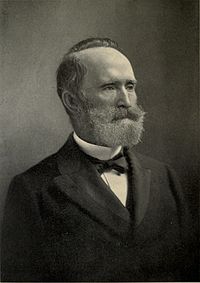
Figure 4: William Alexander Parsons Martin. Photograph from the book The Lore of Cathay, 1901

Figure 5: Hugo Grotius. Portrait by Michiel Jansz. van Mierevelt, 1631, Museum Het Prinsenhof
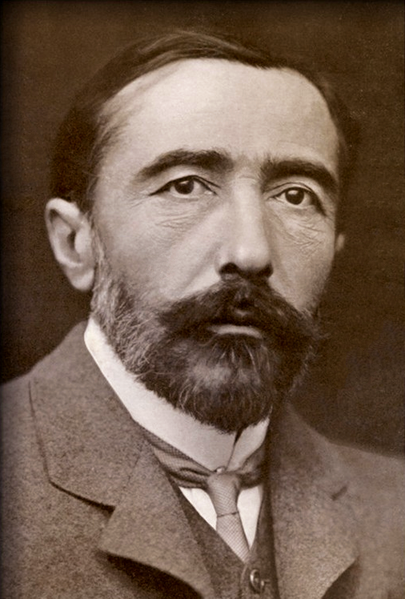
Figure 3: Joseph Conrad, 1904. Photograph: George Charles Beresford
The intense violence and drama in the Middle East are echoed with a similar scene in the Far East more than a century ago. The Siege of Peking by William Alexander Parsons Martin is a vivid picture of besieged embassies depicted by the American missionary and translator, who headed an academy that would later become the Peking University. He described the peasant-led Boxers’ attack in 1900 on Western embassies in Beijing, which later caused the occupation of the city by foreign powers—one of the landmark events that would, a decade later, result in the demise of China’s two thousand years of imperial rule.
One source of the conflicts surrounding embassies is its special legal status. We prepared two works that explores the philosophical foundation and the politics of the immunities and privileges of an embassy. The first is Hugo Grotius’ 1625 work On the Law of War and Peace, particularly its Book II Chapter XVIII named On the Rights of Embassies. This is one of the philosophical works that laid foundation for international laws and subsequent diplomatic conventions, including the 1961 Vienna Convention from which modern diplomatic relations are derived.
Influenced by Grotius and his followers’ work, England became the first country to adopt the ideas in legislation through the Diplomatic Privileges Act 1708. The second work on embassies’ legal extraterritoriality we provide is the transcript of a British Parliament discussion in 1964 regarding the 1708 Act, leading up to the English laws being changed in 1966. The detailed debates reveal the tension between necessities of international diplomacy and country’s law and order.
For the last piece we picked Joseph Conrad’s 1907 work The Secret Agent: A Simple Tale. It explored the themes of diplomacy, terrorism and self-identity. We hope as a fictional work it will afford pleasure as well as opportunities for the reader to make their own connections with our current theme.
Design
In Holborn Project, we would like to attempt a new method of publishing, one that reconsiders the process of book design. With considerations of the technical development, our introspection is preoccupied with the representation and production of the classics—the mechanism of the process rather than the image of the final result.
To begin with, the cover image of the book: we see it as being problematic—ultimately an cover image’s function is to stir, to excite, to astound, to persuade. It sits uncomfortably with the content: if the cover imagery is to inform the content of the book—of course, capable of only partially informing—wouldn't it be misleading? In a different perspective, if an image can represent the content, why write a book at all? Furthermore, if it is only to titillate: it is doubtlessly redundant and detached from the content since it doesn’t require such embellishment. In this light we decided not to put any imagery on the cover, but set the title page upfront, providing the basic information of the book.
Such decision doesn’t imply that the design itself is deprived from any artistic license. Apart from the micro-mosaic of typography, we would like to invite collaborators to participate on the “post-production” of the printed copies, to work directly on the physical book itself and release as a limited run. In such way the interpretation itself is sympathetic with the content—both in spirit and in design.

Figure 2: Miniature Dutch almanac and blank book, 1776. Bequest of Julia P. Wightman, 1994. Photograph: artdaily.org

Figure 3: Photograph: apple.com

Figure 4: Photograph: kindle.com
Second, in “ebooks”, the word “format” can be interpreted in two ways: the format of the digital file or the form of presentation. The current status quo for ebooks are flowed text where the publisher codes the text systematically into a file, transfers into the consumer’s device to be rendered through either programme preference or default settings. The users are expected to manipulate the size and layout to suit one’s need. As a result the concept of “format” actually only suggests the encoding of the data rather than method of presentation. This creates little synergy between the content and the design—it is to the extent that the screen size is not a factor to be considered with during the process of design creation. Such a programmatic approach is an oddity even in a digital environment, e.g. iOS Apps, movies, eMagazines, there is little instance where the alienation between content and format is observed. Furthermore, such “flow” format makes one ponders that if the name “ebooks” shall contains the term “books” at all when the actual concept of “pages” disappeared.
the iPhone 3—4 screen size is 2.76 × 1.9 inches and Sexagesimo-Quarto is 3 × 2 inches.
Actually the design methodology itself has no inherent difference between the “digital” and the “physical” which might nurture such alienation. The iPhone has always been limited to 2 inches in width to allow one-hand operation, such size is hauntingly close to the Sexagesimo-Quarto#—a well trodden territory of design which has been used for miniature books since the medieval time. Not to mention tablet computers which advertisers have been constantly making reference to reality.
Last but not least, we believe in the future the current design division between “digital” and “physical” will not be observable. For instance, the advent of high resolution Retina display enables us to use physical measurement in the our design process. In the future that is not very long ahead, the applications of Print-On-Demand will allows us to read a book on iPad and get delivered an exact printed copy for archive. However the technology might have evolved, the design shall be centred in the assistant of human comprehension not machine compatibility.
Our approach to Holborn Project is a reflection of the our thinking of the new parameters of book design—to treat the screen size as a physical format, each size as an edition of the title. We don’t see that we are designing “ebooks”, but “books” designed for different formats. Books that can both live on Ereaders and also perch on bookshelves.

